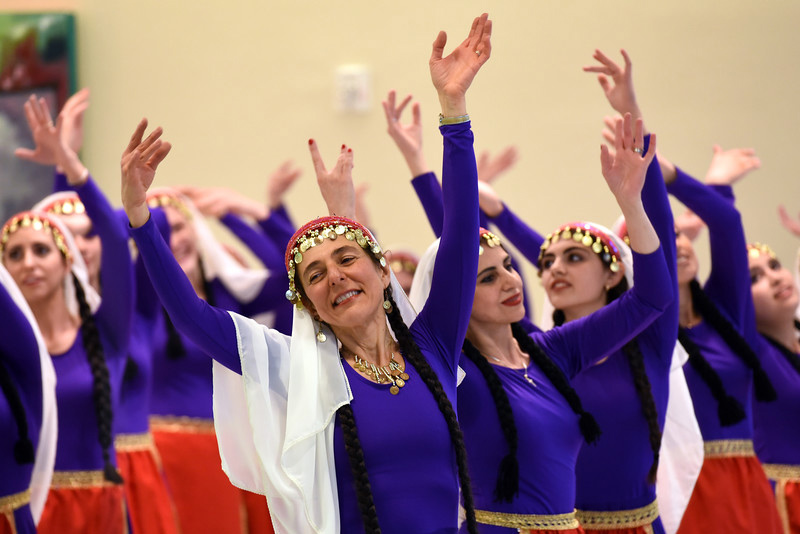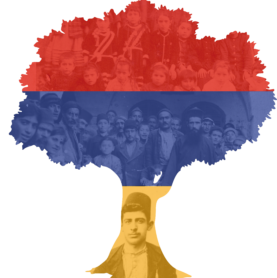To honor and recognize the unique culture and societal contributions of Armenian people, the month of April was designated by Los Angeles County leaders in 2021 as Armenian History Month. As we celebrate the achievements of Armenians this month, we also commemorate on April 24th the more than 1 million lives lost during the Armenian Genocide.
Many Armenians fled to the U.S. to escape violence in their home country, the site of the 1915 Armenian Genocide that was carried out by the Ottoman government during WWI. That was when hundreds of thousands of Armenians were killed by troops, police, starvation, or disease.
Today, more Armenians live in other places around the world than in Armenia, which borders Turkey in the mountainous Caucasus region between Asia and Europe. Los Angeles is home to one of the world’s largest populations of Armenians and an estimated 1.5 to 2 million living across the nation. Armenians brought with them a tradition of rich cultural expression that encompasses architecture, painting, sculpture, and the culinary arts.
Food is for Armenians an important component of their culture and often features a lot of spices, vegetables, fish and fruits. Dolma, which is typically minced meat and spiced rice wrapped in vine or cabbage leaves, is one of the most widely known elements of the cuisine. Lavash is a thin leavened flat bread that’s commonly served with a meal and baklava is a popular dessert that consists of layered pastry dough, nuts and honey.
Armenian architecture presents a specific style that may be best summed up with the nation’s nickname, “Country of Stones”, which refers to its earthen stone structures that feature rocky slopes and sharp peaks. The ancient traditional style can be seen in churches and landmarks across the region.
Music and dance are celebrated in Armenian culture. One of the oldest Armenian dances is the Kochari, a form of circle dance that is still performed today. Historians say each region in the Armenian Highlands had its own Kochari, with its own unique way of both dancing and music. Different dances are performed at various events, from weddings to funerals, and are symbolic.

Among the many unique artistic expressions practiced by Armenians, carpet making is one of the most renowned. Traditional rugs with bright colors and decorative motifs are often symbolic. In Armenian homes, these ornate rugs may rest on tables, chairs, and beds.


